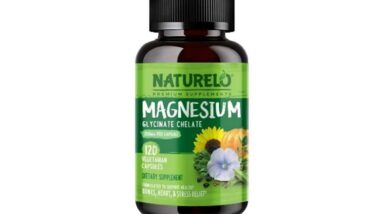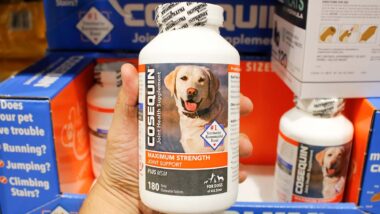Top Class Actions’s website and social media posts use affiliate links. If you make a purchase using such links, we may receive a commission, but it will not result in any additional charges to you. Please review our Affiliate Link Disclosure for more information.

According to the Examiner.com, a young Michigan woman named Cassandra Campbell was struck down by an illness. At the time, Campbell was just 24 years old. She had recently given birth to her first child and started work alongside her father as a tattoo artist.
Campbell went to the doctor over a bug bite, and suspected it was a bite by brown recluse spider. As a result, her doctors prescribed her several precautionary antibiotics, which may have led to her Stevens Johnson Syndrome diagnosis.
After taking the antibiotics, Campbell began to suffer from a rash and flu-like symptoms. She visited doctors twice, who ultimately sent her home. However, her third doctor visit landed her in the emergency room.
At this point, the rash had progressed to painful blisters, which left her unable to walk and forced her eyes shut. It took physicians several days to figure out that the young mother was suffering from Stevens Johnson Syndrome, or SJS, a rare autoimmune reaction. Unfortunately, the reaction continued to escalate, ultimately killing her.
According to the Merck Manual, SJS forms a continuum with a related disorder called Toxic Epidermal Necrolysis, or TEN. These disorders happen when the immune system goes haywire, attacking the body’s own tissue.
SJS symptoms include a painful blistering rash, which can progress to sores and ulcers. In some cases, there is also damage to the surface of internal organs and the eyes. Survivors often find themselves with debilitating and disfiguring scars, and even blindness and impaired organ function.
When the disease escalates to TEN, patches of the skin die and slough off, leaving injuries similar to thermal burns. In fact, Campbell spent her last days in a burn ward since the symptoms and treatments of severe SJS symptoms closely resemble those of burns.
While the Merck Manual states that at least 50 percent of SJS cases and as many as 95 percent of TEN cases are caused by a reaction to drugs, other sources push this number even higher.
An article published in “Expert Reviews in Clinical Immunology” says that drug reactions are “mainly caused by drugs.” Merck states that antibiotics, anticonvulsants and sulfa-based drugs are the major drug responsible.
It is very difficult to predict who will develop SJS and TEN from what disorders, but some genes appear to make a person more vulnerable to developing SJS from certain drugs. While SJS and TEN are relatively rare drug reactions, these life-threatening reactions still happen in millions who take relatively common prescription, and even over-the-counter, drugs.
SJS lawsuits are typically filed by patients and their survivors against drug companies. These lawsuits allege that drug makers have not done enough to educate and protect the public from SJS and TEN risks. These SJS lawsuits typically seek to recoup the cost of medical care, lost wages, and other costs related to SJS and TEN.
In general, SJS lawsuits are filed individually by each plaintiff and are not class actions.
Do YOU have a legal claim? Fill out the form on this page now for a free, immediate, and confidential case evaluation. The attorneys who work with Top Class Actions will contact you if you qualify to let you know if an individual lawsuit or class action lawsuit is best for you. Hurry — statutes of limitations may apply.
ATTORNEY ADVERTISING
Top Class Actions is a Proud Member of the American Bar Association
LEGAL INFORMATION IS NOT LEGAL ADVICE
Top Class Actions Legal Statement
©2008 – 2024 Top Class Actions® LLC
Various Trademarks held by their respective owners
This website is not intended for viewing or usage by European Union citizens.
Get Help – It’s Free
Help for Victims of Stevens Johnson Syndrome
If you or a loved one were diagnosed with Stevens Johnson Syndrome (SJS) or toxic epidermal necrolysis (TEN) after taking a prescribed or over-the-counter medication, you may be eligible to take legal action against the drug’s manufacturer. Filing an SJS lawsuit or class action lawsuit may help you obtain compensation for medical bills, pain and suffering, and other damages. Obtain a free and confidential review of your case by filling out the form below.
An attorney will contact you if you qualify to discuss the details of your potential case at no charge to you.
Oops! We could not locate your form.












